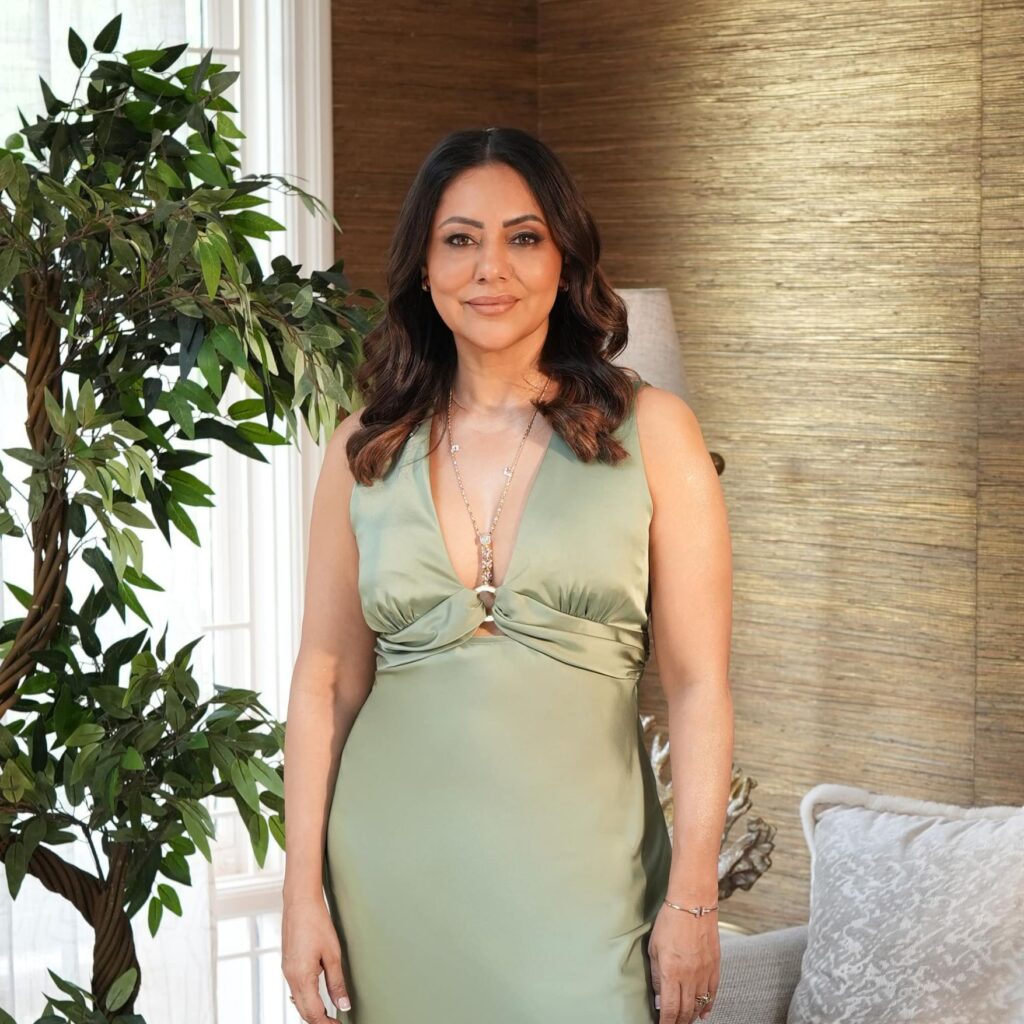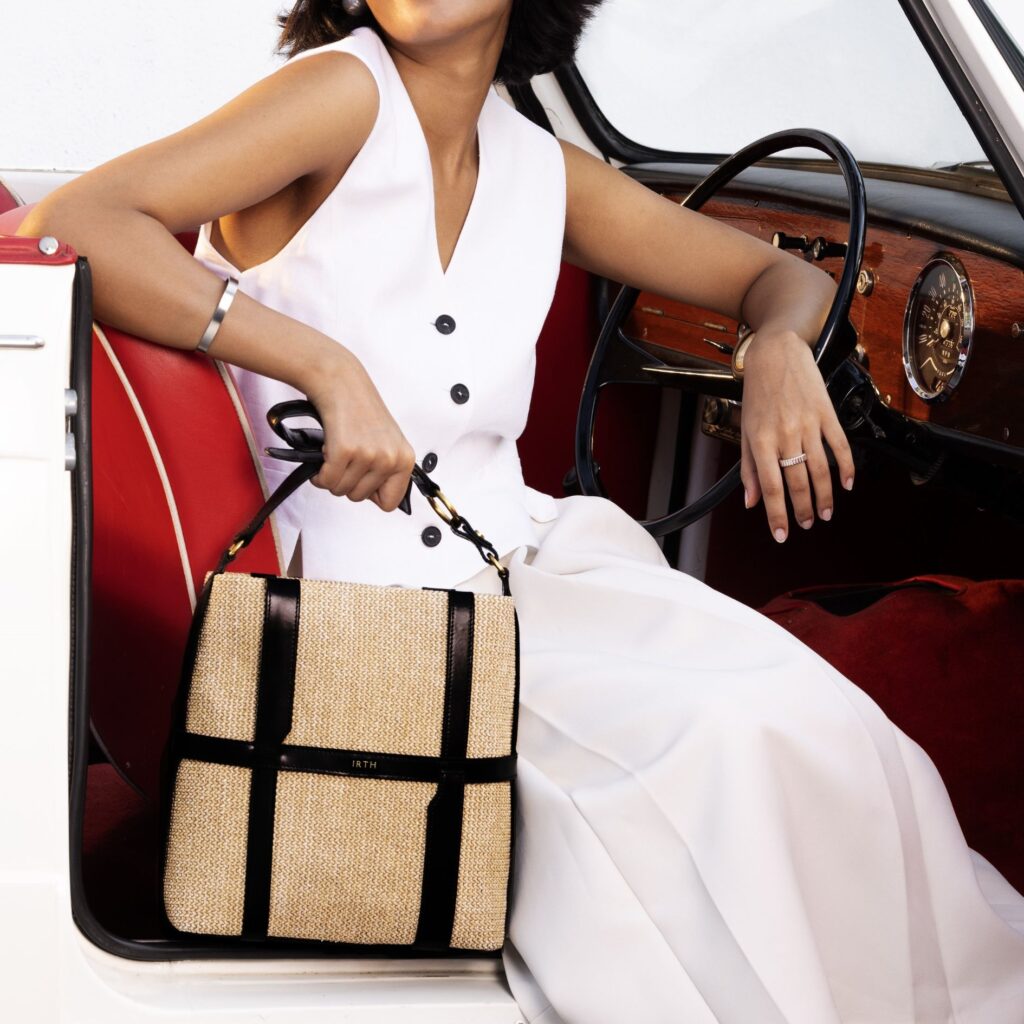- Culture & Travel
An Ode to India’s First Female Photojournalist: Homai Vyarawalla
- ByRadhika Bhalla

Courtesy: Wikipedia
India’s visual documentation owes a lot to its first female photojournalist, Homai Vyarawalla, who clicked some of the country’s most historic events between 1938 to 1970. The pioneering lenswoman, who is best known for her evocative black-and-white images, gained recognition for her work at a time when there were hardly any women in the field.
Homai was born in 1913 to a middle class family in Gujarat. Though her parents were not very educated themselves, they made sure to send her to an English medium school to change her destiny.
“In the beginning, they thought I was just fooling around with the camera… But that was to my advantage because I could go to the sensitive areas also, to take pictures and nobody [would] stop me. So I was able to take the best of pictures and get them published. It was only when the pictures got published that people realised how seriously I was working…”
—Homai Vyarawalla
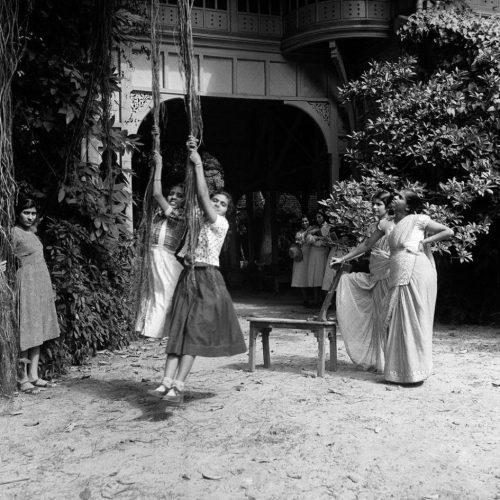
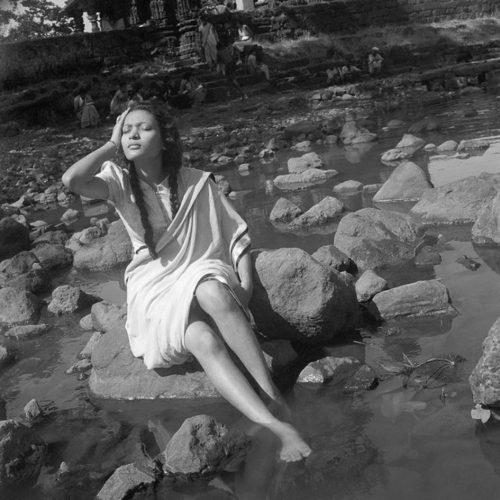
After graduating from school, Homai joined the prestigious Sir J.J. School of Art in Mumbai, where she was introduced to photography by her childhood friend, Manekshaw Jamshetji Vyarawalla, whom she married later. Homai began studying images in Life magazine, and soon, she developed her own style. She was still in college when her first image was published in a newspaper, of women at a picnic.
Over the years, the Padma Vibhushan awardee became a name to reckon with, contributing to magazines like the Illustrated Weekly of India, Life, and more.
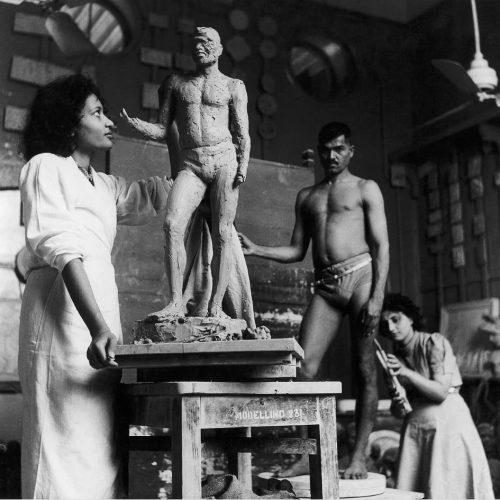
Initially, Homai’s photographs were published under her husband’s name, but in 1942, things changed once she joined the British Information Services. Through her work there, the young photographer was able to attend national events as a press photographer, allowing her to click images up, close, and personal.
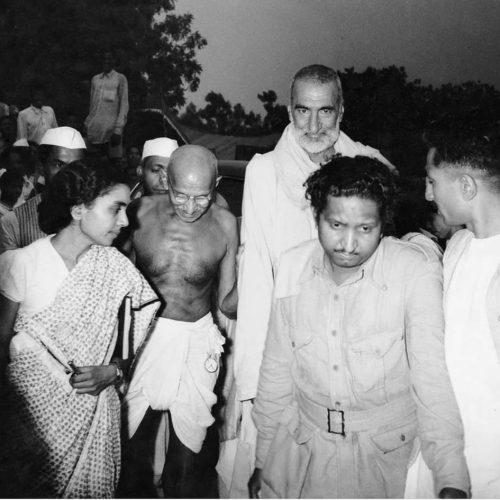
Among some of the most iconic photographs that Homai clicked were India’s independence from British rule, portraits of political leaders like Mahatma Gandhi, Jawaharlal Nehru, and Indira Gandhi, Indian visits of Queen Elizabeth II and Jacqueline Kennedy, and more.
In 1956, Homai broke into the international circuit by photographing the Dalai Lama’s first visit to India, which was printed in Life magazine.
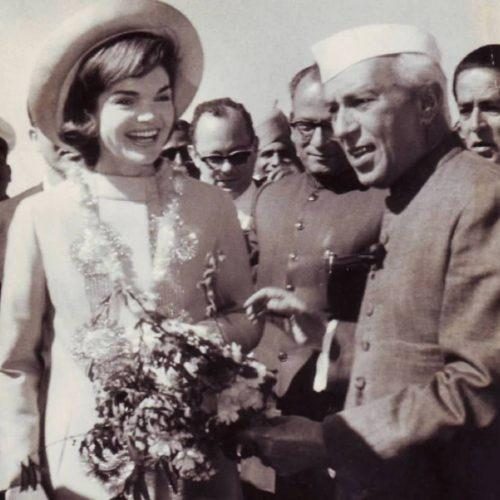
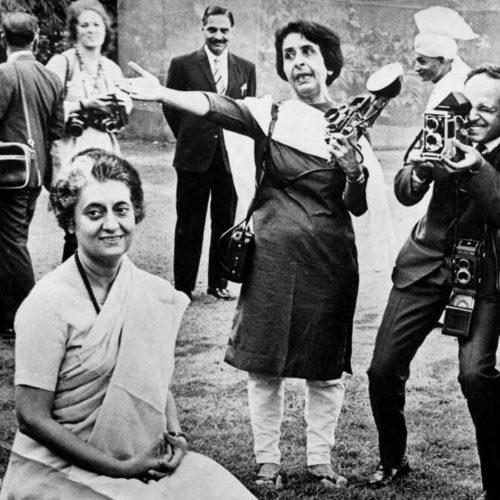
For the most part, Homai Vyarawalla published her works under the pseudonym ‘Dalda 13’, an important number for her that signified the year of her birth, the age when she met Manekshaw, and the number plate of her first car.
Homai’s image-making is celebrated even today for its candidness, composition, and ability to document both history and emotion. Her female protagonists were strong and independent, and she presented a fresh approach to viewing both women and the daily activities of that era. Ahead of her times, Homai opened the doors for other female photographers with her thought-provoking, black-and-white images of the nation… A trailblazer in every sense of the word.
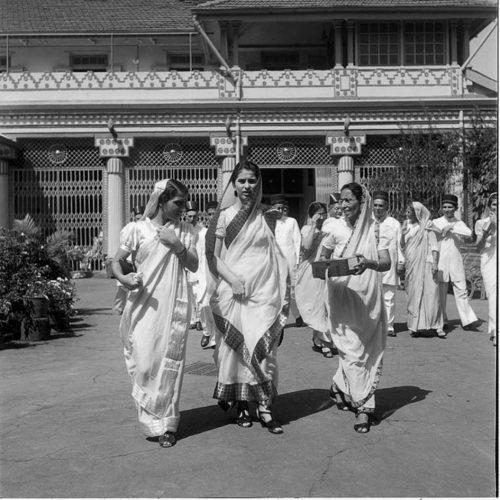
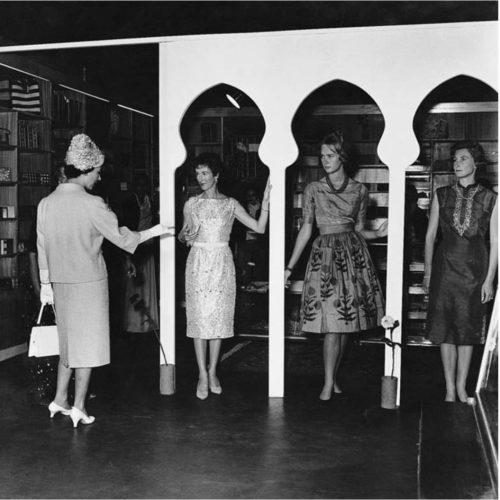
Images: Courtesy HV Archive/Alkazi Collection of Photography.
READ MORE
- The Word. and Bumble Celebrated An Evening Of Scent, Sparks, and Mutual Connections
- How The Bicester Collection Quietly Became the Fashion Insider’s Best-Kept Shopping Secret
- Gauri Khan, On Her New Experience Centre In Delhi, Her Favourite Spot At Home, and Great Décor Advice
- With IRTH’s New Store in Noida, The Brands Adds To Its Joyful Delights
- Ranbir Kapoor’s New Perfume, ARKS Day, Reminds Him of His Childhood



